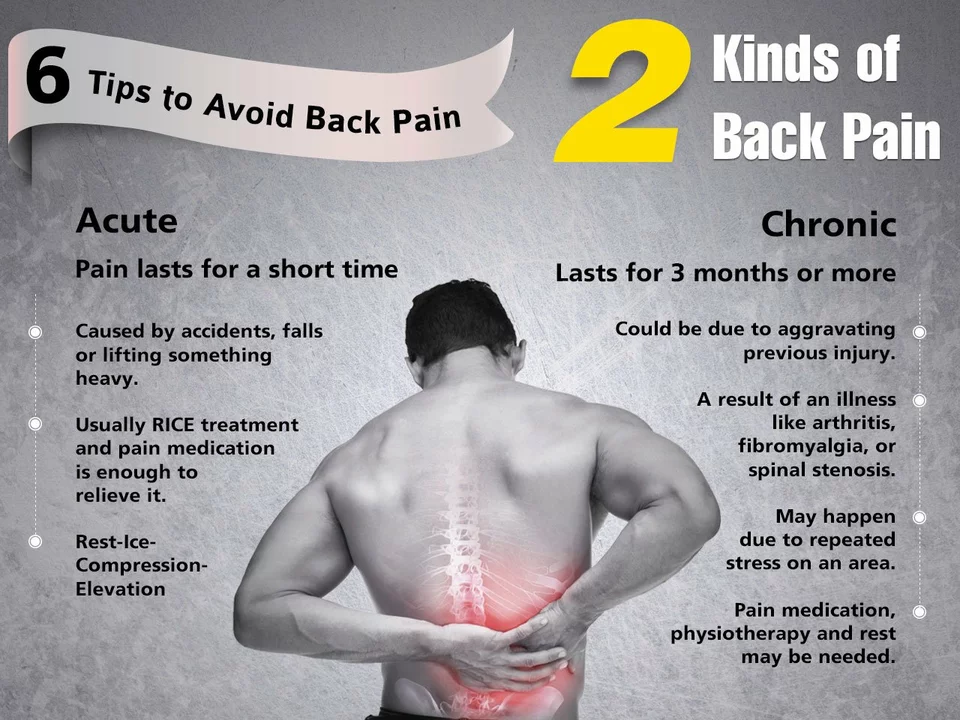Pain Management: Practical Tips, Treatments, and Safe Medication Use
About 1 in 5 adults live with chronic pain. That’s a lot of people juggling sore backs, stiff necks, arthritis, or ongoing nerves. If pain is part of your daily life, you need concrete steps that actually help — not vague promises. Here are clear, usable ideas to reduce pain, sleep better, and avoid common medication pitfalls.
Start with a simple plan
Track it. Keep a short pain diary for two weeks: note time, activity, pain level (0–10), what helped or made it worse, and sleep. That info makes doctor visits useful. Ask yourself: is the pain steady or flares up? Is it linked to movement, stress, or meals? Small patterns often point to big fixes.
Set small goals. Instead of saying “fix my back,” set doable targets: walk 10 minutes daily, sleep 30 minutes earlier, or swap one sugary drink for water. Tiny wins build momentum and reduce pain over time.
Non-drug steps that matter
Move smart. Gentle, regular movement helps most pain types. Physical therapy, guided stretching, and low-impact cardio (walking, cycling) strengthen muscles and lower flare-ups. If exercise spikes pain, slow down and pick a therapist who tailors the plan.
Sleep and stress. Poor sleep worsens pain. Aim for consistent bedtimes, dim lights before sleep, and small routines that calm you down. Stress management — short breathing breaks, a five-minute walk, or CBT techniques — reduces how your brain amplifies pain.
Home care. Ice for recent swelling, heat for tight muscles, and simple posture fixes at work can reduce daily aches. Topical creams or patches often help localized pain with fewer side effects than pills.
Medications and safety
Start with the basics: acetaminophen or NSAIDs (ibuprofen, naproxen) for short-term relief, unless you have a medical reason to avoid them. For muscle spasm, drugs like tizanidine (Zanaflex) can work — but they cause drowsiness and interact with other meds, so use under a doctor's advice. For inflammatory conditions, new options like biologics may replace long-term steroid use; talk to your specialist about risks and insurance coverage.
A quick word on stronger meds: opioids can be effective for some acute situations but carry serious risks. Use them only when prescribed, for the shortest time, and with clear follow-up. If you buy meds online, pick licensed pharmacies, verify a physical address, and avoid sites that skip prescriptions. Our site has guides on safe online buying for specific drugs if you want more details.
When to see help
Call your doctor if pain worsens quickly, shows fever, causes numbness, or suddenly limits walking. For long-term pain, ask for a coordinated plan: physical therapy, medication review, sleep help, and mental health support. Pain isn’t just a body problem — treating your sleep, stress, and routine often makes the biggest difference.
Want targeted info? Check our practical guides on muscle relaxants like Zanaflex, steroid vs biologic choices, and safe online pharmacy tips to make better decisions about your care.
The potential benefits of ibuprofen for managing pain from shingles
As a blogger, I'm always interested in sharing useful information, and I recently came across some fascinating research on the potential benefits of ibuprofen for managing pain from shingles. Shingles can be incredibly painful, but it turns out that ibuprofen, a common over-the-counter painkiller, might offer some relief. Studies have shown that it can help reduce inflammation and alleviate pain when taken regularly. However, it's essential to consult with a healthcare professional before using ibuprofen for shingles pain management. I'm excited to share this information with my readers, and I hope it can help some people find relief from this painful condition.






